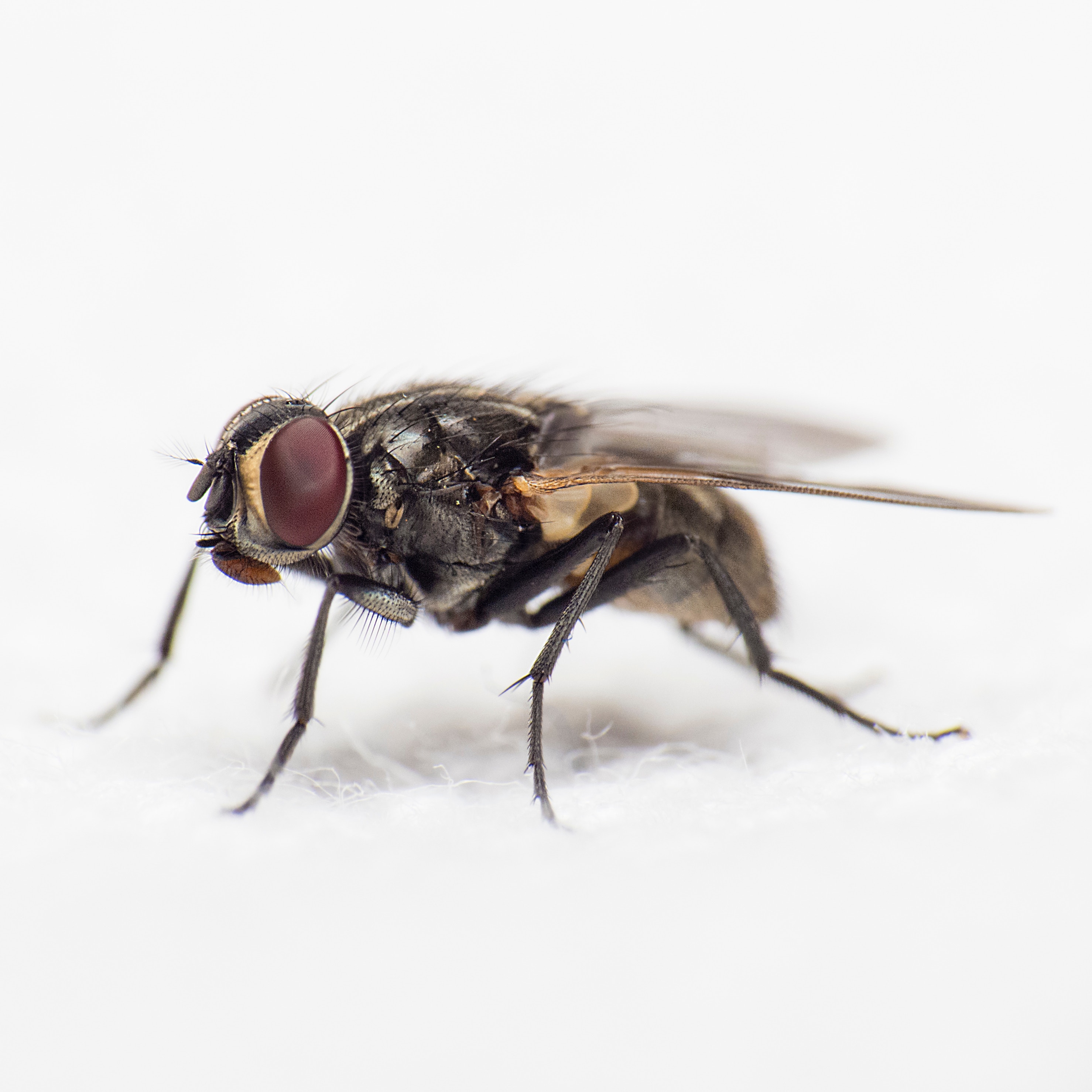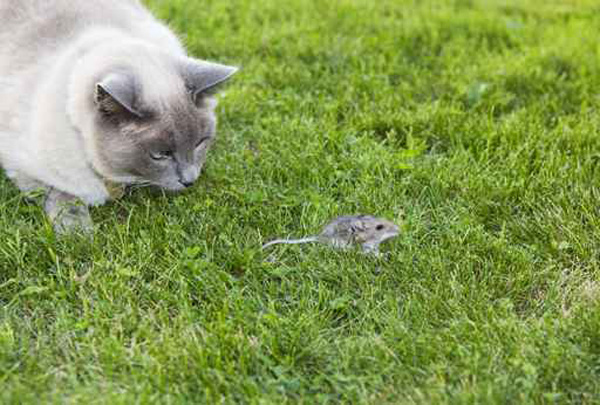Where there are horses, there are sure to be pests: Ants—including the dreaded fire ants—and other insects and wildlife can run amuck in a barn.
They are annoying at best, dangerous at worst, and almost always an unhealthy contribution to the stable environment for horses and humans.
Dressage Today polled professional and amateur riders and longtime farm owners for successful strategies on managing unwelcome visitors without the use of harmful chemicals. The tips they offered include all-natural remedies to rid farms of pests, including fire ants, flies and mice.

Flies
Ellie Jensen, who owned and managed Checkered Flag Farm in Loxahatchee, Florida, before retiring to a smaller farm, learned key strategies for maintaining a healthy environment for her trainers and horses.
One found her switching to natural pest control tactics many years ago after a fly-spray scare with a beautiful filly. As the weather warmed up in the yearling’s first summer, Jensen applied a conventional fly spray of the time. “Within 20 seconds, she started to shake all over, then she went down,” Jensen recounts. “I knew it was a reaction to the fly spray. I hosed her down with water and was able to save her. And that made me more determined to look into natural products.”
Jensen is a big fan of cedar-oil spray, which was dispensed through an automatic misting system at Checkered Flag. “It has a water base and works just as well as the toxic stuff,” she notes. Cedar also has antifungal properties that can help heal hot spots on the skin and it has a woody scent.
Not all cedar-based pest-control products are equal, Jensen cautions. Like many natural ingredients, they, too, can be irritating and/or harmful if used in too-highly concentrated forms.
Fly strips are another tool often used to trap and kill flies in and around farms. While not the most attractive decor, they can serve a purpose. To ensure your strips are safe and nontoxic, try making your own sticky traps by mixing a one-quarter cup of corn syrup, one tablespoon of granulated sugar and one tablespoon of brown sugar in a small bowl. Next, cut strips of brown kraft paper and soak them in the sugar mixture. Give them 12 hours to dry and then poke a small hole at the top of each strip. Run a piece of string through the hole and the strip will be ready to hang.
Ants
Amateur rider Nan Meek keeps her 20-year-old schoolmaster at a private stable near her home in Moss Beach, California. Like many riders, she often keeps sugar cubes on hand as a treat for her horse. “Sugar in the tack room attracts ants as reliably as sugar in the kitchen,” Meek says. “But a friend who is allergic to chemical products gave me a great tip: scatter a line of ground cloves across the path where the ants are entering, and they will go elsewhere. It doesn’t kill them, and they may try to go after the sugar from another entry point, but a few applications seem to send them elsewhere. An airtight container for the sugar removes their goal. Now, if I could only find a coyote deterrent! We are seeing more of them this winter than ever before.”
Fire Ants
These pests are a nightmare for Florida’s horse keepers. The ants love open, sunny spaces, like pastures, where they typically colonize in dirt mounds under the reign of one or more queens. A bite from a fire ant stings and can cause blisters on the skin of horses and people. “Enough bites can kill an animal, and a lot of people and animals are allergic to them,” Jensen says. The most effective strategy she found was spreading nontoxic pellets that target the ant queen. “That sterilizes the queen ant so that within six weeks, you have no more ants,” she reports. They actually worked faster at Checkered Flag. “A week after we first had the pellets in our pasture, I noticed that the ants were staying out of a station where I fed four feral cats.” The pellets don’t harm other critters, including grazing horses and birds. Relative to other treatments she tried, the pellets were cost-effective at $100 for the first acre, then $30 an acre after that for a treatment that Jensen’s property needed just twice a year.
Mice
Grand Prix riders Shannon Peters and Sharon McCusker happily report that their barns have very few problematic pests. Mice are the biggest menace at the Peter’s San Diego, California, stable and at McCusker’s property in Ashby, Massachusetts. In both cases, barn cats are an effective defense force.

In eradicating rodents, cats do a great service for their equine stablemates. However, because mice and rats can carry diseases, insects and parasites, their predators need regular veterinary care to prevent them from becoming conduits for those health risks. A strict deworming and vaccination regimen for the cats is important; so is spaying and neutering to keep their population under control.
Feeding cats in the barn will keep them on the job. If they have to rely only on their hunting skills for food, they may wander off to areas where mice haven’t been so well controlled.
Pest problems vary greatly across the country, but early action and consistent preventive practices and maintenance treatments will help to minimize the insects and animals that threaten to bug your horse. Old-fashioned, low-tech tactics always help: Keep the manure pile far from the stable, keep nooks and crannies clean, use tightly sealed containers in the feed room and eliminate pooled water whenever possible. A ship-shape stable is your best defense.











